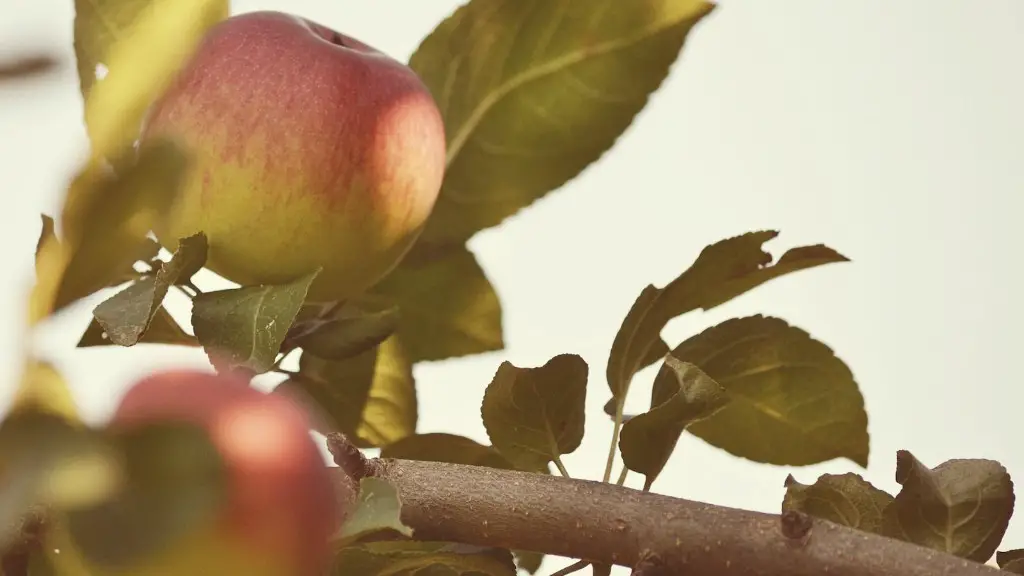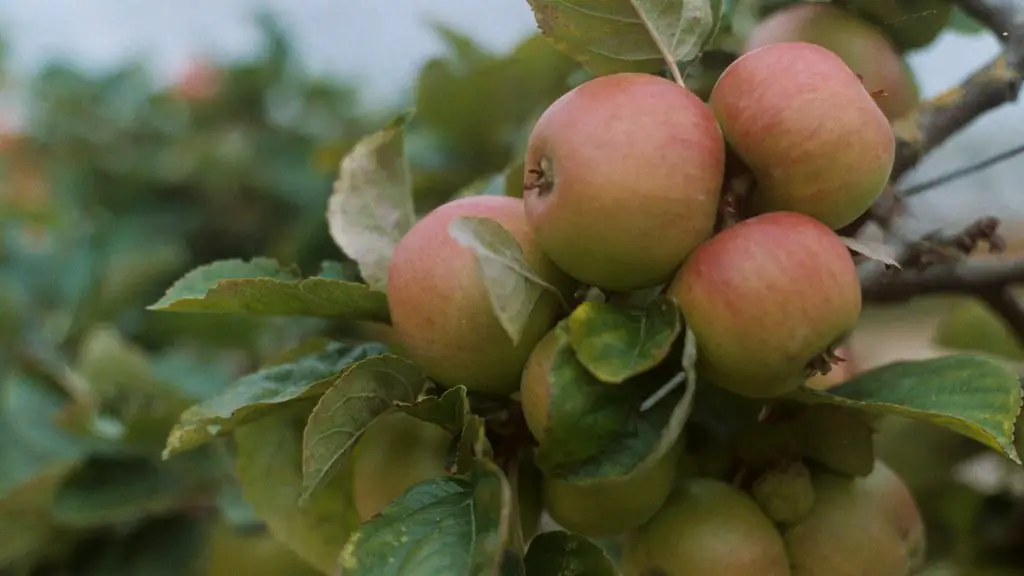Will apple tree roots damage foundation? This is a common question asked by many homeowners whose homes have large trees near their property. Generally, when trees are planted too close to a home, the roots can cause extensive damage to the foundation over time but this is more likely to happen with other trees than apple trees. This is because apple trees’ roots aren’t as deep, so they don’t spread out as far from the mushroom of the tree. As a result, apples’ roots find it difficult to penetrate hard surfaces such as concrete foundations, meaning nothing significant is likely to be damaged.
In cases where the foundations are damaged, it is most likely to do with plant roots growing in cracks in the foundation and not directly by the roots of the tree itself. Also, many times trees have been planted too close to a residence before the foundation was put in place. So the tree is actually planted in the way of the home’s existing foundation and that could cause some damage.
In addition, you should also take into account the size and surrounding landscape of the tree. Apples can grow quite large and they need plenty of space to grow. If they are cramped and surrounded by other trees and buildings, then their root system could be compromised, leading to potential damage. Finally, if the soil has been compacted due to poor drainage, that can also contribute to an unhealthy environment for apple roots and could potentially lead to damage further down the line.
Factors That Increase Risk
The biggest factor that increases risk for tree damages to your foundation is improper positioning. If a tree is placed an appropriate distance from your home, then the likelihood your foundation will suffer damage is low. Generally, for an apple tree, the minimum recommended distance is 15 feet from your home. Anything closer than that runs a serious risk of affecting your foundation.
It’s also important to check the moisture level of the soil near your foundation. If it’s too dry, then the roots of the tree won’t be able to spread out and could accidently impact the foundation. Conversely, if your soil is too moist, then the roots may be able to grow underneath the foundation and spread outward. This could create a wide variety of damage depending on the extent of the roots.
Finally, pruning and trimming the branches of the tree is essential, especially with larger trees. Not only can this make the tree look better, it can also help open up the canopy to reduce the chance of more intense sunlight hitting your foundation. This helps decrease the soil temperature, preventing it from drying out and reducing the chances of damaged roots.
Protecting Your Foundation
Fortunately, there are various ways to protect your foundation from apple tree roots. One of the best ways is to use root barriers. These barriers are constructed out of non-biodegradable materials such as metal, concrete, or plastic, and prevent the roots from spreading outward. The barrier should be placed several feet away from your foundation and slanted downwards, so the roots will be forced away from the foundation.
In addition, it’s important to properly prepare the soil before planting. This can include adding compost or other organic materials to increase the soil’s ability to support the tree’s root system and to reduce the risk of the tree settling too close to the foundation. This is especially important for new plantings and should be done before the tree is planted.
Finally, it’s important to inspect your apple trees regularly. Look for any signs of dead or dying branches, which can indicate that the roots have spread in an unhealthy way and could be affecting your foundation. If you find any of these signs, then you should take action and either prune the branches or replace the tree.
Other Considerations
When planting an apple tree, it’s important to give it the correct amount of space. Too little space can result in the roots twisting and spreading in all directions, increasing the risk of damage to your foundation.
Furthermore, if the tree is planted near existing utilities, then the tree roots may eventually spread too close and start interfering with them. If root damage is detected on power, water, and sewer lines, then the tree may need to be removed.
Another thing to consider is the size of the tree. If the tree is too large for the space it’s planted in, then it will require more frequent pruning and trimming to avoid damage. Pruning and trimming is essential for keeping the roots from spreading at an unhealthy rate.
Finally, it’s important to keep an eye on the overall health of the tree. Too much or too little water can affect how quickly the roots grow and spread, potentially damaging or even uprooting the tree. To ensure this doesn’t happen, it’s important to keep an eye on the amount of moisture in the soil, as well as water the tree if needed.
Soil Testing
Before planting any tree, soil testing is essential to ensure suitable conditions for the tree. By doing so, you can identify factors such as soil pH, salinity, and mineral content, which will help you determine if the soil is right for planting an apple tree. There may also be other considerations such as drainage, compaction, and amount of organic matter, which can all affect how quickly the roots may grow.
Finally, it’s also important to use pest control products when planting any kind of tree. This will keep any pests from damaging the root system and growing too close to your home’s foundation.
Conclusion
In conclusion, apple trees can potentially cause damage to foundations if planted too close or if the soil conditions aren’t suitable. However, by taking the right preventative measures and inspecting the tree regularly, this risk can be minimized. Proper pruning and trimming can also help keep the tree healthy, preventing any undesirable root growth.




